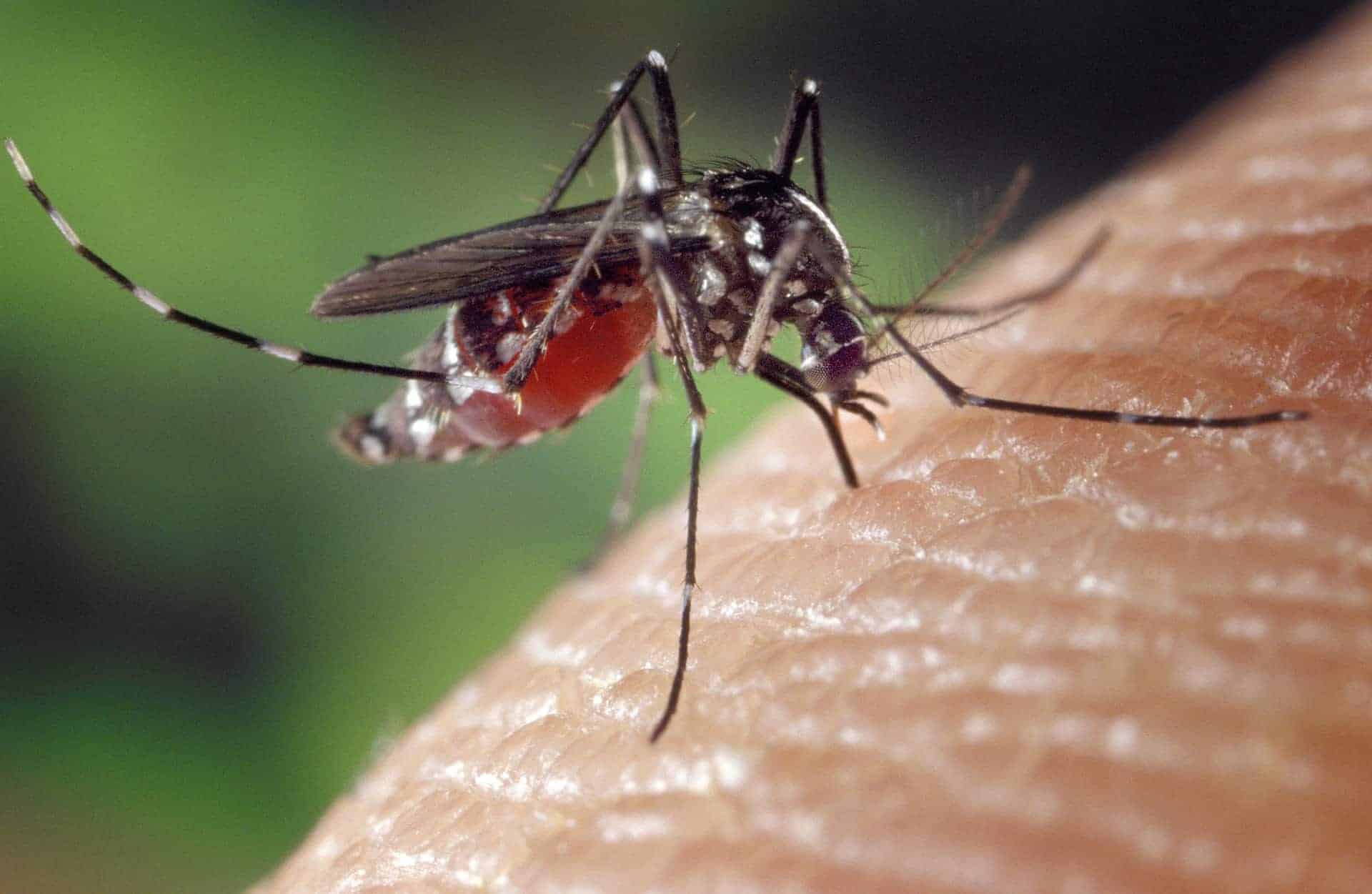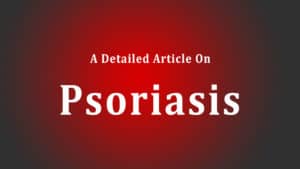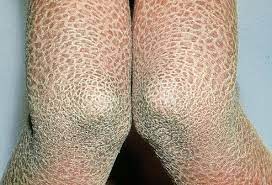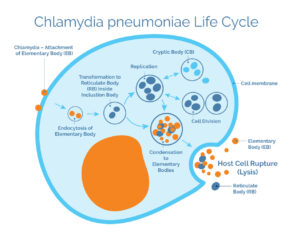Introduction to dengue fever
Dengue fever is the most common and important mosquito-borne viral disease of mankind at present. It is transmitted by mosquitoes of the genus Aedes (Aedes aegypti and A. albopictus). The dengue virus belongs to the genus Flavivirus of the family Flaviviridae (enveloped virus).
Humans become infected from infected mosquitoes that take a blood meal, but for most of the flaviviruses, humans do not usually develop high viraemias and are not thought to contribute to the transmission cycle. However, some flaviviruses of world-wide importance, including the dengue and yellow fever viruses, do produce high-level viremia in humans and can be maintained in urban settings through a mosquito–human–mosquito transmission cycle.
Epidemiology
Dengue is widespread throughout the tropics and it is endemic in more than 100 countries including northern Australia, most South-east Asian countries, tropical Africa, Middle East, and Caribbean countries. The actual numbers of dengue cases are underreported and many cases are misclassified. One recent (2013) estimate indicates that 390 million dengue infections occur every year. Every year 10 000 deaths occur from dengue hemorrhagic fever.
If you want to learn more about the epidemiology of dengue then visit the following link:


Some other flaviviral diseases:
-
- Yellow fever
- West Nile fever
- Zika
- Japanese encephalitis virus
- Hepatitis C virus (HCV)
- Tick-borne encephalitis virus
Pathogenesis
- When an infected Aedes mosquito bites, dengue virus enters into the bloodstream from mosquito’s saliva. White blood cells engulf the dengue virus but cannot kill them. The virus replicated inside the cells and spread throughout the body.
- Humans are the primary reservoir for dengue.
- Persons with dengue viruses in their blood can transmit the viruses to the mosquito 1 day before the onset of the febrile period.
- The mosquito can transmit dengue fever if it subsequently bites another human. The transmission can occur after 8-12 days of viral replication in the mosquito’s salivary glands
- Once the virus enters the human body the incubation period is 3 to 14 days
- There are at least four serotypes of dengue virus, all producing a similar clinical syndrome; type-specific immunity is life-long but immunity against the other serotypes lasts only a few months.
Dengue infection can usually be excluded if more than 21 days have passed between leaving the area and onset of illness.
Neonatal dengue if the mother has infection < 5 weeks prior to delivery
Clinical features of dengue fever
- Fever: Abrupt in onset. Classical dengue fever is described as saddleback or biphasic in characteristic, where after the onset fever usually subsides after 3-4 days, only to return after a couple of days with milder associated features.
- Headache, Backache
- Maculopapular rash: Usually transient which first appears on the limb with subsequent spread to the trunk.
Petechiae on the soft palate is quite common along with some other minor bleeding manifestations: Bleeding gums, epistaxis, menorrhagia, hematuria. - Retro orbital pain: which worsens with eye movement
- Fatigue: Severe fatigue may persist for several weeks after the fever has subsided, along with a feeling of being unwell, even depression!
- Nausea
- Vomiting
- Lymphadenopathy
Dengue hemorrhagic fever (DHF)
Dengue hemorrhagic fever (DHF) and dengue shock syndrome (DSS) occur in individuals who are immune to one dengue virus serotype and are then infected with another. Features of DHF:
- Increased hematocrit level secondary to plasma extravasation and/or third-space fluid loss
- Hypoproteinemia
- Hyponatremia
- Prolonged prothrombin time
- Prolonged activated partial thromboplastin time
- Decreased fibrinogen
- An increased amount of fibrin split products
Dengue shock syndrome (DSS)
Dengue shock syndrome is suspected when pulse pressure drops below 20 mm of Hg, or there are other features suggestive of shock e.g. rapid pulse, cold extremities, increased respiratory rate, decreased consciousness, etc.
Features of DSS:
- Altered consciousness
- Cerebral edema
- Pleural effusion
- Shock
Warning Signs:
- Pain in the abdomen
- Nausea/ vomitting
- Ascites or edema
- Bleeding from the mucous membrane
- Extreme lethergy
- Palpable liver > 2 cm below the costal margin
- Platelet count < 20 thousand per cubic millimeter.
- Increased hematocrit count
Lab investigations
- Thrombocytopenia
- Leukopenia
- Atypical lymphocytes
- A Hematocrit level increase >20%is a sign of hemoconcentration and precedes shock.
- Mild-to-moderate elevation AST, ALT, and bilirubin
Diagnosis
- Clinical diagnosis in most of the cases
- Positive tourniquet test
- Dengue virus NS1 antigen
Dengue NS1 antigen can be detected up to nine days following onset of symptoms of dengue fever. It should be performed within the first 5 days of fever. NS1 has a sensitivity of 55%-82% and specificity of 97%-100%.
Demonstration of a fourfold or greater rise of reciprocal Immunoglobulin G titers in paired serum samples suggests acute infection. The indicator of recent dengue virus infection is the presence of positive anti dengue virus IgM antibody in serum. Immunoglobulin testing provides the best diagnostic yield if ordered after the 4th day of fever.
Molecular testing: The most reliable data for the presence of dengue virus in the blood is a positive PCR test because it directly detects viral particles, but the test is not widely available. A positive result from a PCR or Isolation of dengue virus by tissue culture is considered Diagnostic.
Treatment of dengue fever
- Plenty of fluid intakes to avoid dehydration
- Correction of electrolytes
- Paracetamol
- I/V hydration
- Blood transfusion
- Platelet transfusion
Dengue vaccine
The vaccine is not available for general people. Only those who were previously infected with dengue virus can be considered for dengue vaccination at present. The vaccination process is divided into three doses and it takes one year to complete the process.
Prevention
- Mosquito control by cleaning the environment (stagnant water)
- Genetic mosquito control
- Prevention of mosquito bites by using repellents, bug spray, mosquito net, etc.



